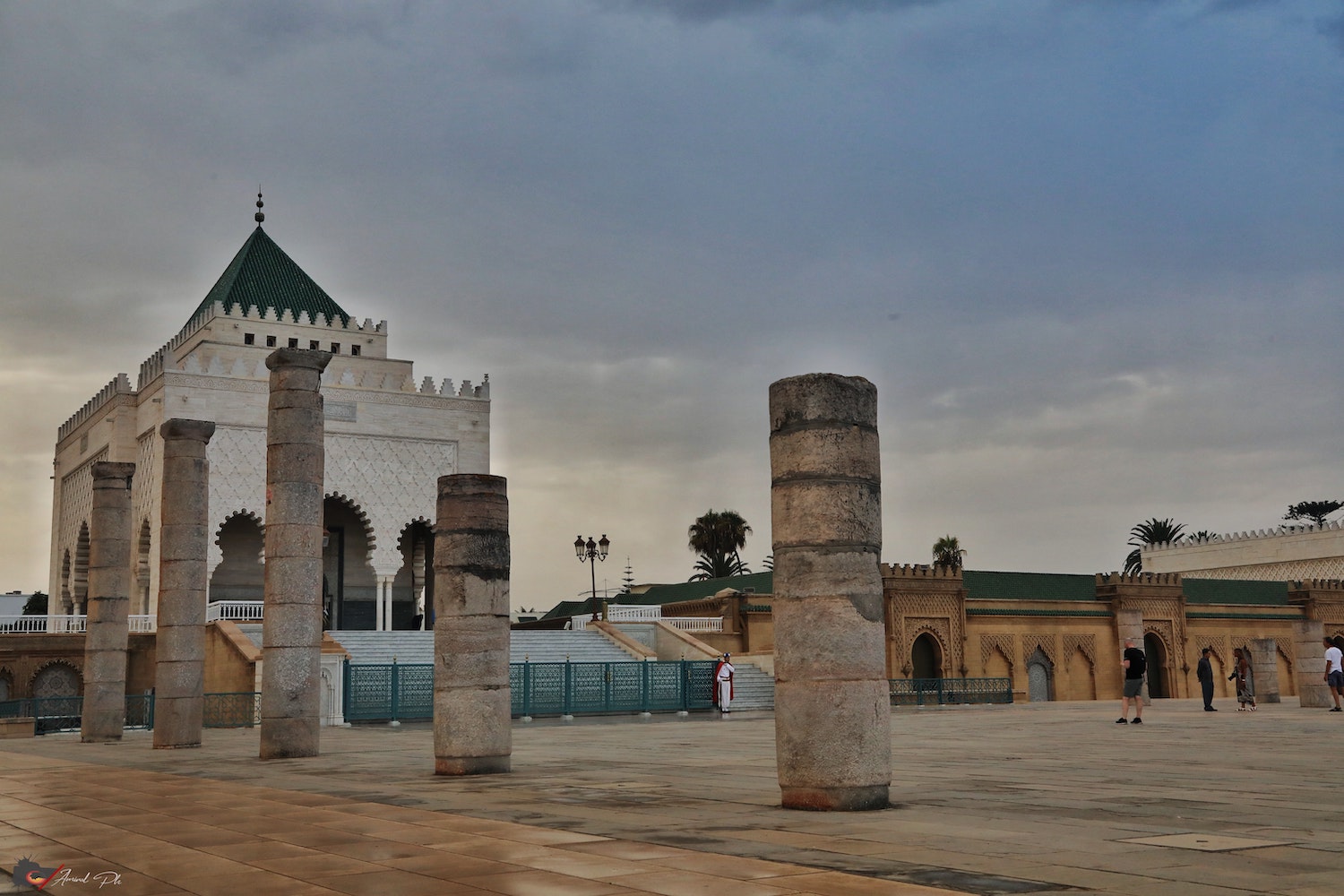
Rabat, the capital of Morocco, is indeed a fascinating city that seamlessly blends its Arab-Muslim heritage with modern influences. Designated as a UNESCO World Heritage site in 2012, Rabat offers visitors a rich cultural and historical experience.
One of the must-visit attractions in Rabat and just a few steps from Euphoriad is the Kasbah des Oudayas, a fortress district characterized by its charming white façades. From there, you can enjoy stunning views of Rabat and the bay, while exploring the newly restored Andalusian Garden. To enhance your experience, make sure to indulge in a cup of tea on the terrace of Café Maure, which offers a picturesque view.
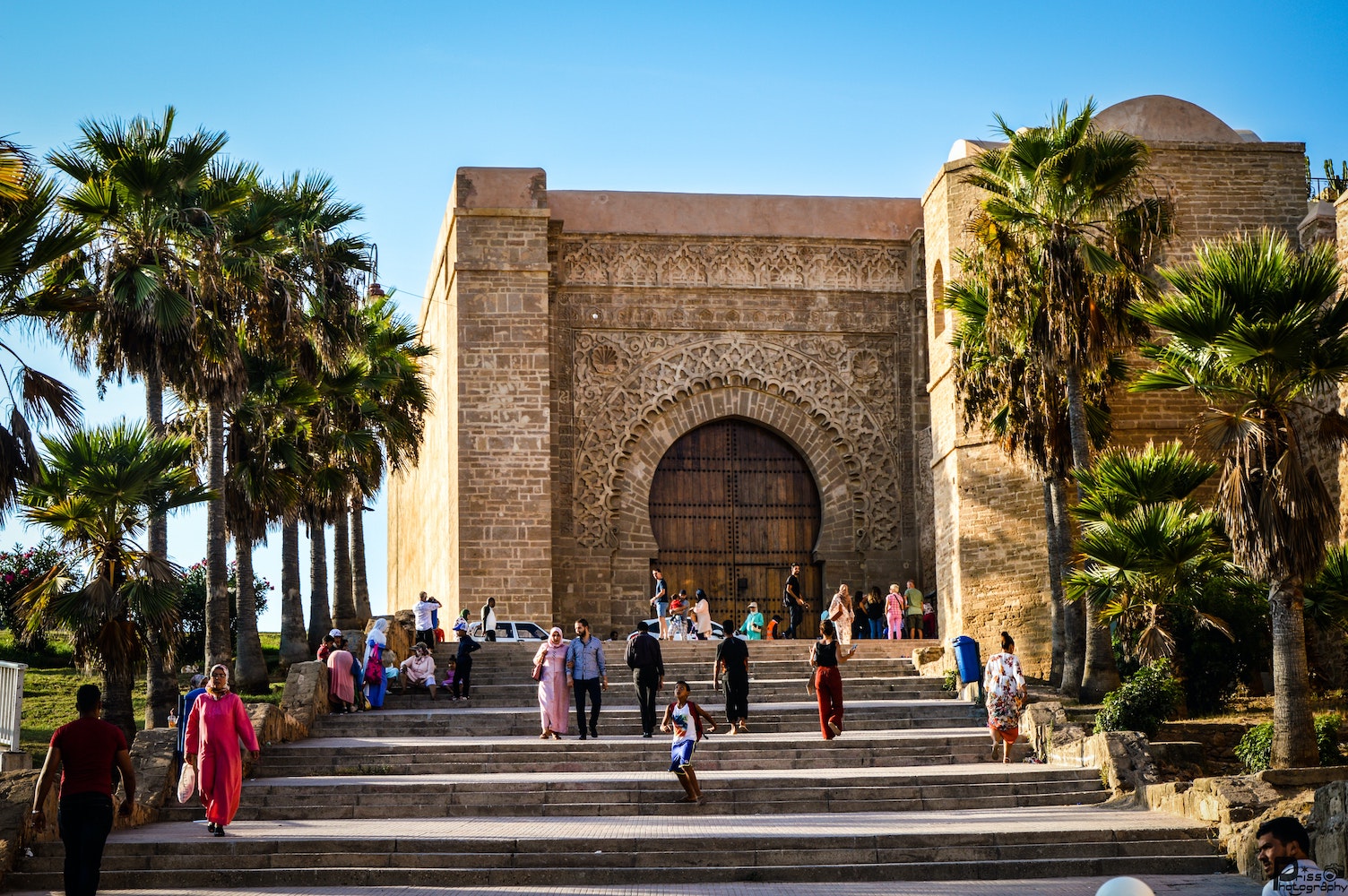
The medina of Rabat, protected by robust ramparts, is another captivating area to explore. Taking a stroll down the rue des consuls, located a short 10-minute walk from the Riad, will immerse you in a vibrant atmosphere filled with countless stalls and skilled artisans. Here, you can find a wide array of items such as carpets, jewelry, antiques, fabrics, embroidery, copperware, pottery, leather goods, and delicious pastries.
The Hassan Tower, an iconic landmark in Rabat, stands as a testament to the grandeur of the Almohad dynasty. Adjacent to it is the Mohammed V Mausoleum, an impressive structure where the late Moroccan king and his two sons rest. For a unique experience, consider visiting the Chellah, an ancient necropolis located on the site of a former city. The Chellah offers a peaceful and picturesque setting with its ruins, gardens, and storks nesting atop the walls.
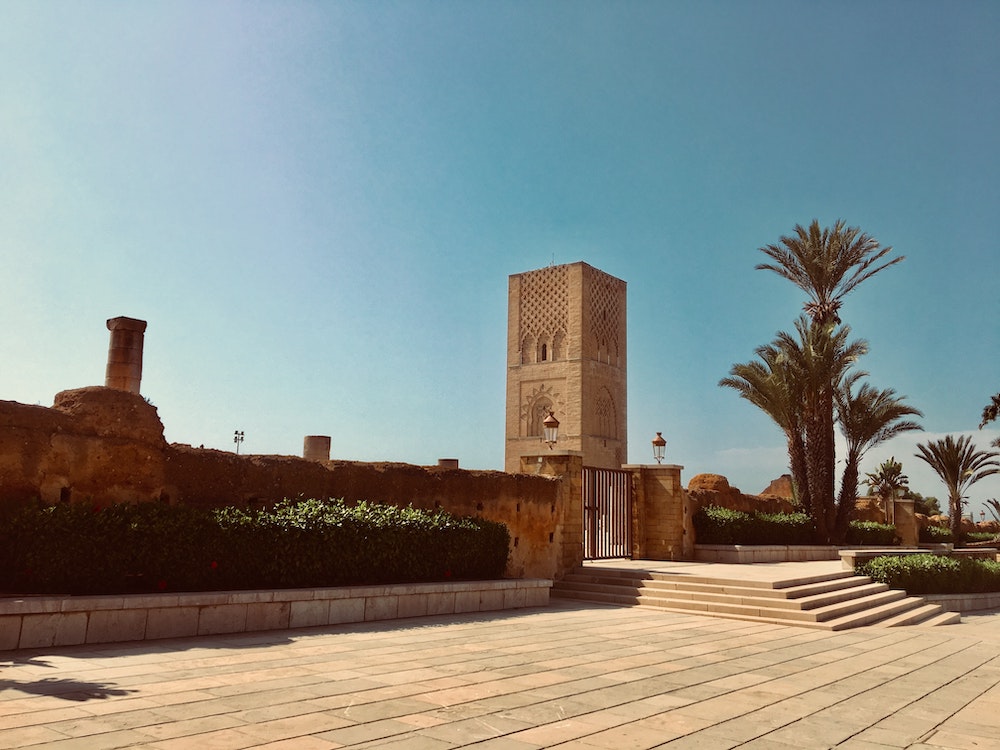
Rabat is also known for its cultural offerings. Art enthusiasts can explore art galleries such as Porte de la Kasbah and Bab Rouah, which showcase contemporary and traditional artworks. Additionally, the city boasts several museums, including Mohammad VI Modern Art Museum, the Museum of History and Civilization, the Villa des Arts and the National Adornment Museum, where you can delve into Morocco's rich history and cultural artifacts. If you happen to visit Rabat in May, you can partake in the vibrant Mawazine Festival, a renowned event dedicated to world music. This festival brings together international and local artists, offering an eclectic mix of performances that create a lively atmosphere throughout the city. Rabat truly offers a delightful blend of history, culture, and modernity, making it an enticing destination for travelers seeking a unique experience in Morocco.
Not to be missed
The Mohammed VI Museum of Modern and Contemporary Art
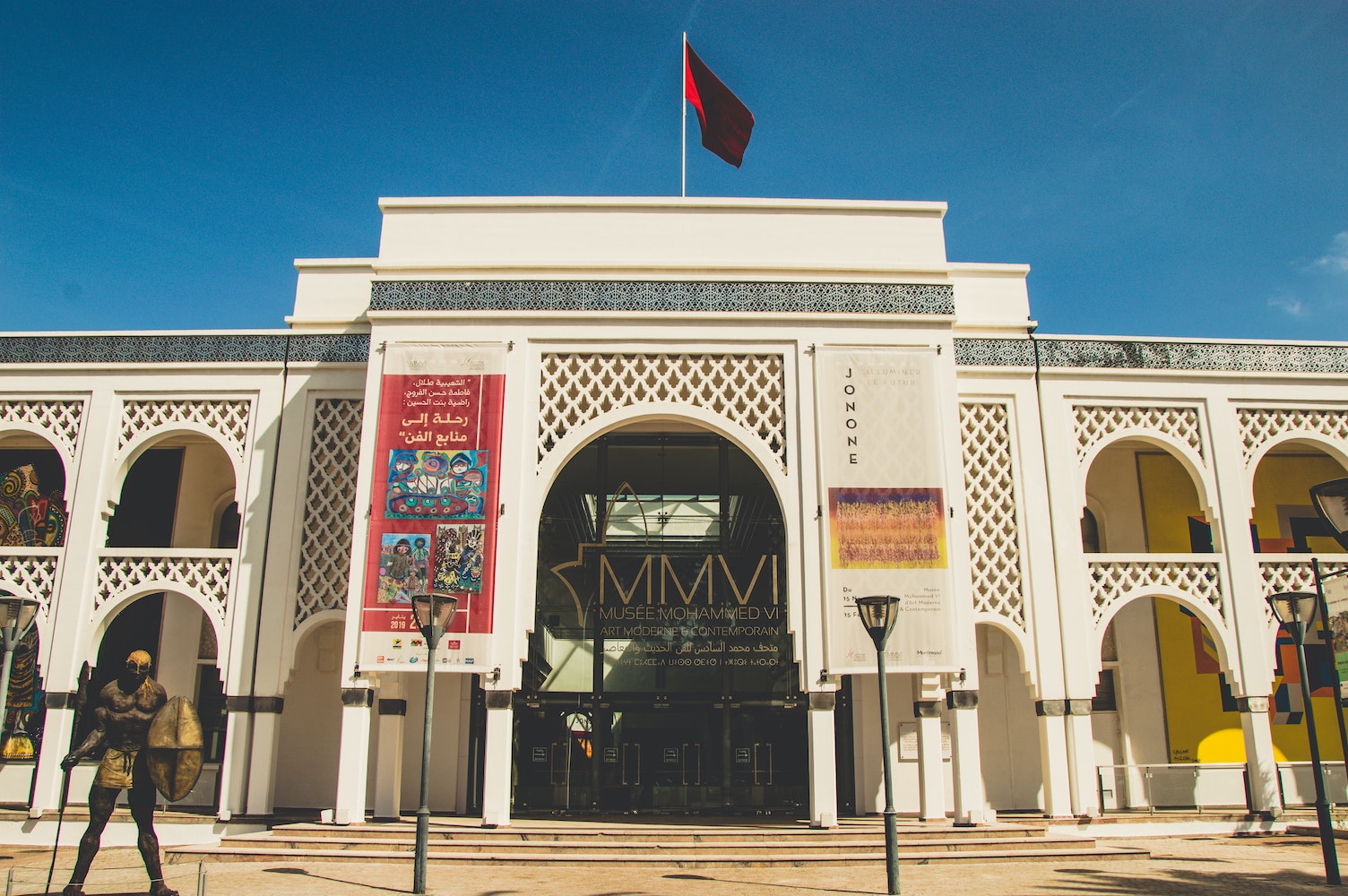
The Mohammed VI Museum of Modern and Contemporary Art is a prestigious institution situated in the heart of Rabat. It was established in 2014 with the goal of promoting contemporary art, fostering cultural exchanges between the public and artists, and embracing international artistic trends. Rabat itself holds the distinction of being a UNESCO World Heritage site since 2012. The museum hosts temporary exhibitions of significant international importance, showcasing artworks from various artists and periods. One notable exhibition was "Medieval Morocco," which took place in 2014 after its initial display at the Louvre.
Additionally, the museum has organized retrospectives dedicated to renowned sculptors such as César and Giacometti, further enriching its artistic offerings.
The Villa des Arts
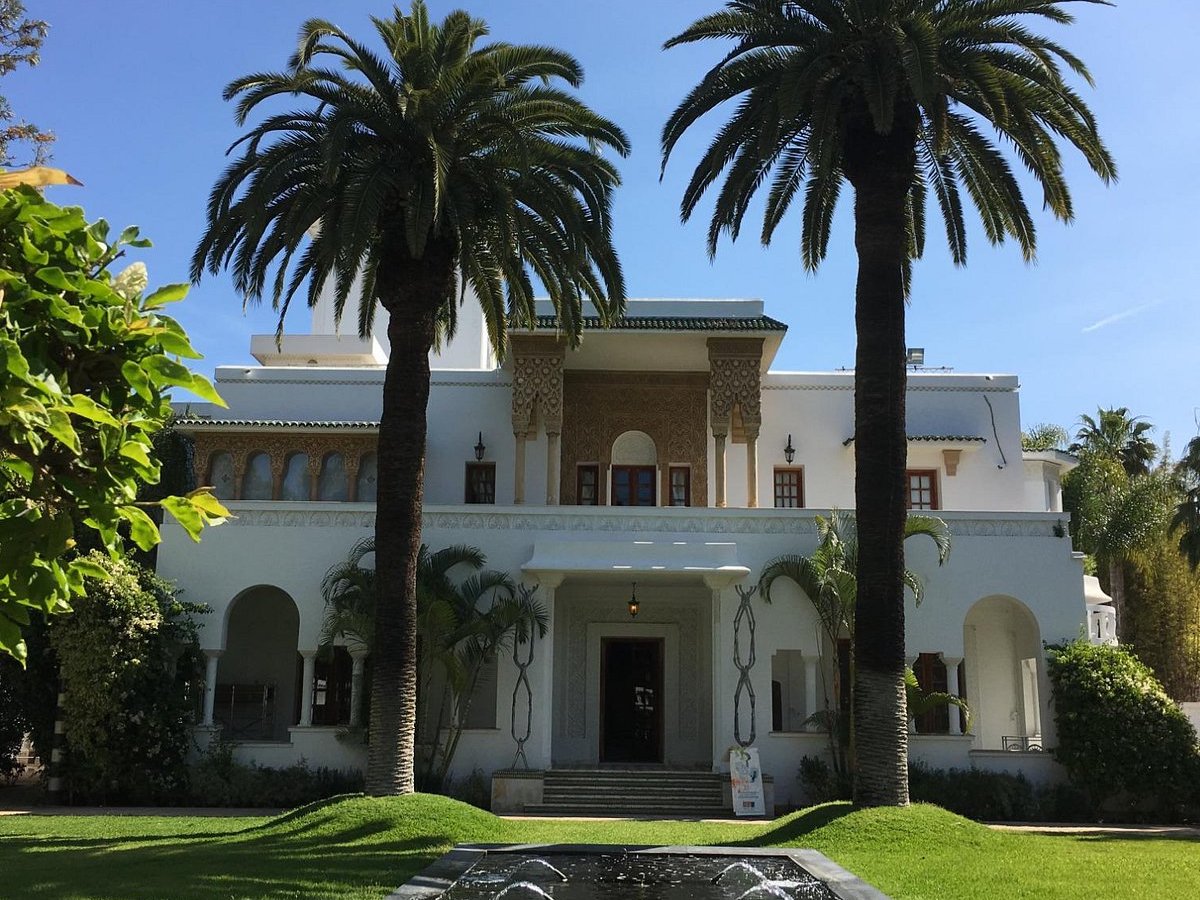
The construction of this historical and cultural venue dates to 1929. The villa showcases an exquisite art deco architectural style and a beautifully landscaped garden. In 2006, it underwent a remarkable restoration, preserving its original charm. Today, it serves as a vibrant space for concerts, exhibitions, and various cultural events throughout the year.
The National Museum of Photography
Established in 2020, this museum is housed within a 19th-century fortification known as Fort Rottembourg, Fort Hervé, or Borj El Kebir. The fortification's strategic location overlooks the ocean, adding to the museum's distinctive appeal. Through temporary thematic exhibitions, it showcases the works of both established and emerging photographers, providing insight into the country's diverse cultural and artistic heritage.
The Chellah
An impressive archaeological site situated on the slopes of the Bouregreg River, it holds great historical significance, as it encompasses a Merinid necropolis built upon the ruins of an ancient Roman city. The site is believed to have had Phoenician and Carthaginian trading posts prior to the Roman era, taking advantage of its favorable coastal location.
The Hassan Tower
Its construction was initiated in 1196 by Sultan Yacoub El Mansour, with the vision of building the largest mosque in the Arab world. Unfortunately, the project was halted abruptly due to the Sultan's untimely death and further damaged by the great Lisbon earthquake in 1755. As a result, only the minaret, which remains unfinished, and a few colonnades stand today, bearing witness to the grandeur that was once envisioned. The architectural design of the Hassan Tower is attributed to Ahmad Ben Baso, the same architect responsible for the renowned Koutoubia Mosque in Marrakech and the Giralda in Seville.
The Museum of History and Civilizations
It is housed in a building dating back to the 1920s, which was constructed during the French protectorate to accommodate administrative services for antiquities. In the 1930s, the site was expanded to create a museum that would gather objects from the Volubilis archaeological site. Today, the museum presents a rich collection of ancient artworks and artifacts discovered in various excavation sites, shedding light on the ancient civilizations that inhabited the Moroccan territory.
The Mausoleum of Mohammed V
Located facing the Hassan Tower, the mausoleum was built between 1962 and 1971. It houses the remains of Mohammed V, a highly respected monarch considered the liberator of the Moroccan nation, as well as those of his two sons, his successor King Hassan II, and Prince Moulay Abdallah. The mausoleum is a true showcase of Morocco's most refined architecture and craftsmanship. It is constructed with white marble and green tiles, adorned with zellige tilework, plaster sculptures, and finely carved woodwork.